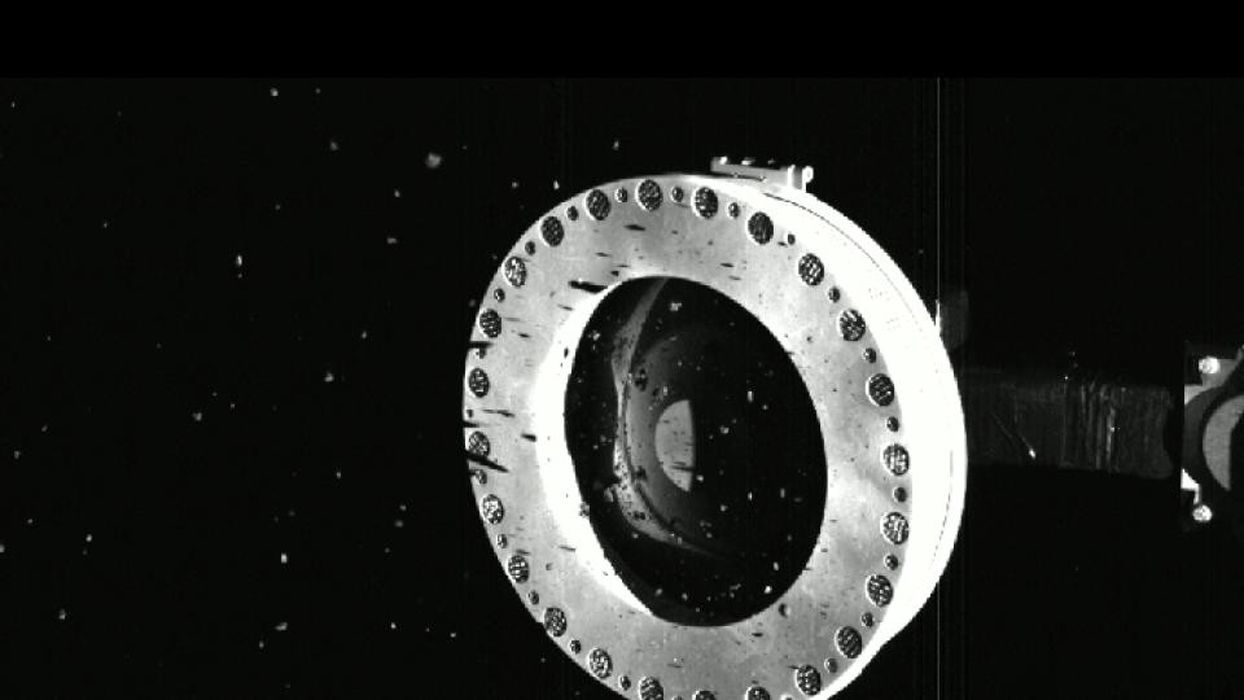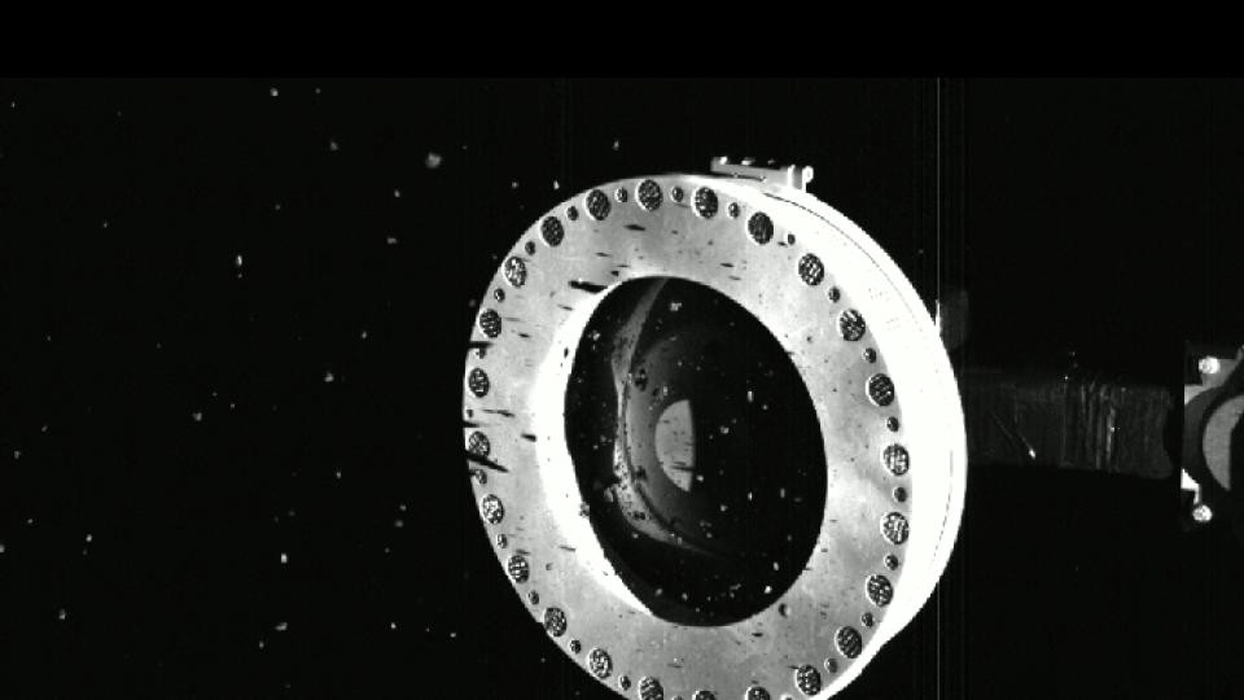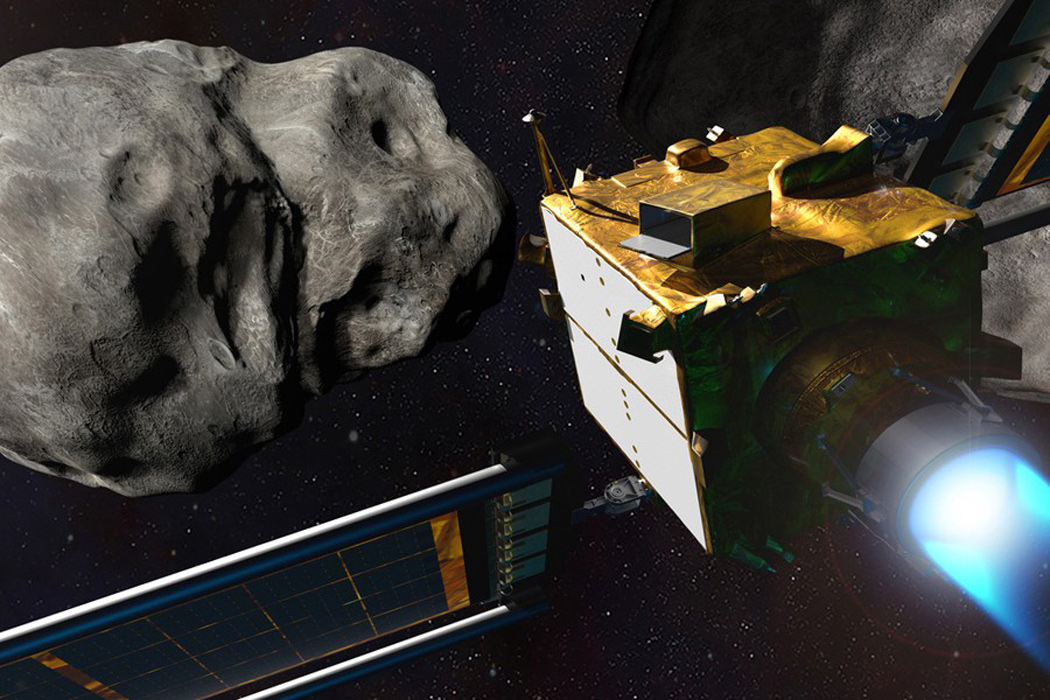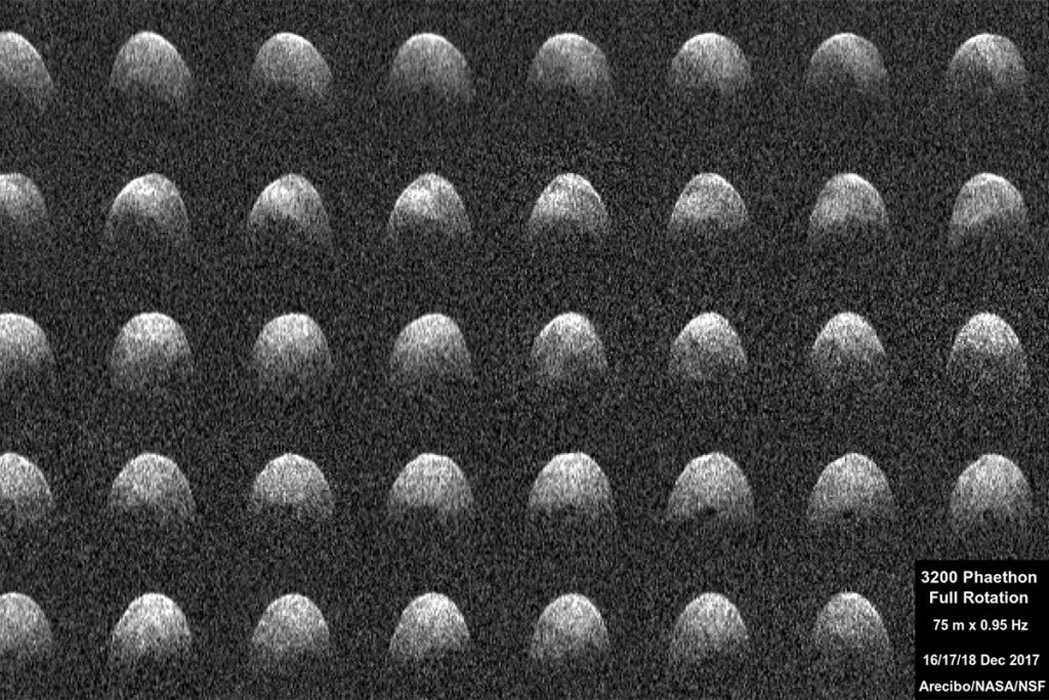A trio of asteroid stories: OSIRIS-REx’s sample of Bennu on schedule to return; researchers develop method to map asteroid density distribution; and 3200 Phaethon’s rotation speeds up.

Science can be a long game, especially when dealing with space science. Distances are astronomical; scales are measured in millions and billions. And while our asteroid belt isn’t far away, astronomically speaking, researchers have had to do a lot of waiting — waiting for missions to be designed, approved, launched, arrive, and sometimes even take samples.
Today, we look at three stories about asteroid science that require patience, new methods, and even new spacecraft.

First up, and probably most relevant to our community, NASA announced that the OSIRIS-REx sample of Bennu is on course to arrive at Earth on September 23, 2023. The delivery is not a foregone event, however, as the approach must be at a precise speed and direction. Deputy project manager Mike Moreau explains: If the capsule is angled too high, it will skip off the atmosphere. Angled too low, it will burn up in Earth’s atmosphere.
The spacecraft has already performed one course correction to stay on track for safe delivery, and design lead Daniel Wibben notes: Over the next year, we will gradually adjust the OSIRIS-REx trajectory to target the spacecraft closer to Earth.
At least this wait is down to under a year, right?

One of the things we learned from sampling Ryugu and Bennu is that rubble pile asteroids may be a lot less dense than more solid asteroids. And now that the DART mission has shown that we can nudge an asteroid, any future planetary defense plans will have to take into account the density of the body we need to move. We won’t know just how much damage Dimorphos took from DART until the Hera mission arrives in 2026, and researchers aren’t waiting until then to improve their tools.
So researchers at MIT have developed a way to map the interior structure of asteroids in order to understand the density distribution of their material. The team ended up writing more and more complex code to do their simulations and then ran the simulations forward in time to see how the spin of their coded asteroids changed when they passed close to a variety of masses. Co-author Julien de Wit explains: It’s similar to how you can tell the difference between a raw and boiled egg. If you spin the egg, the egg responds and spins differently depending on its interior properties. The same goes for an asteroid during a close encounter: You can get a grasp of what’s happening on the inside just by looking at how it responds to the strong gravitational forces it experiences during a flyby.

Finally, all of this ties together in the world of planetary defense as researchers announced that they measured a rotational change for the potentially hazardous asteroid, 3200 Phaethon. The measurements were collected in support of the upcoming DESTINY+ mission from JAXA, which will fly by Phaethon and make observations of the near-Earth asteroid. The change in the rotational period is an increase of about four milliseconds every year, and that number can be used to predict the orientation of Phaethon once DESTINY+ arrives.
In 2028, after a currently scheduled launch in 2024.
As I said, science can be a long game.
More Information
- NASA press release
- MIT press release
- “Constraining the interiors of asteroids through close encounters,” Jack T Dinsmore and Julien de Wit, 2022 October 19, Monthly Notices of the Royal Astronomical Society
- UCF press release
This story was written for the Daily Space podcast/YouTube series. Want more news from myself, Dr. Pamela Gay, and Erik Madaus? Check out DailySpace.org.
This article was originally published for medium.com.





